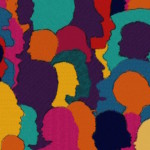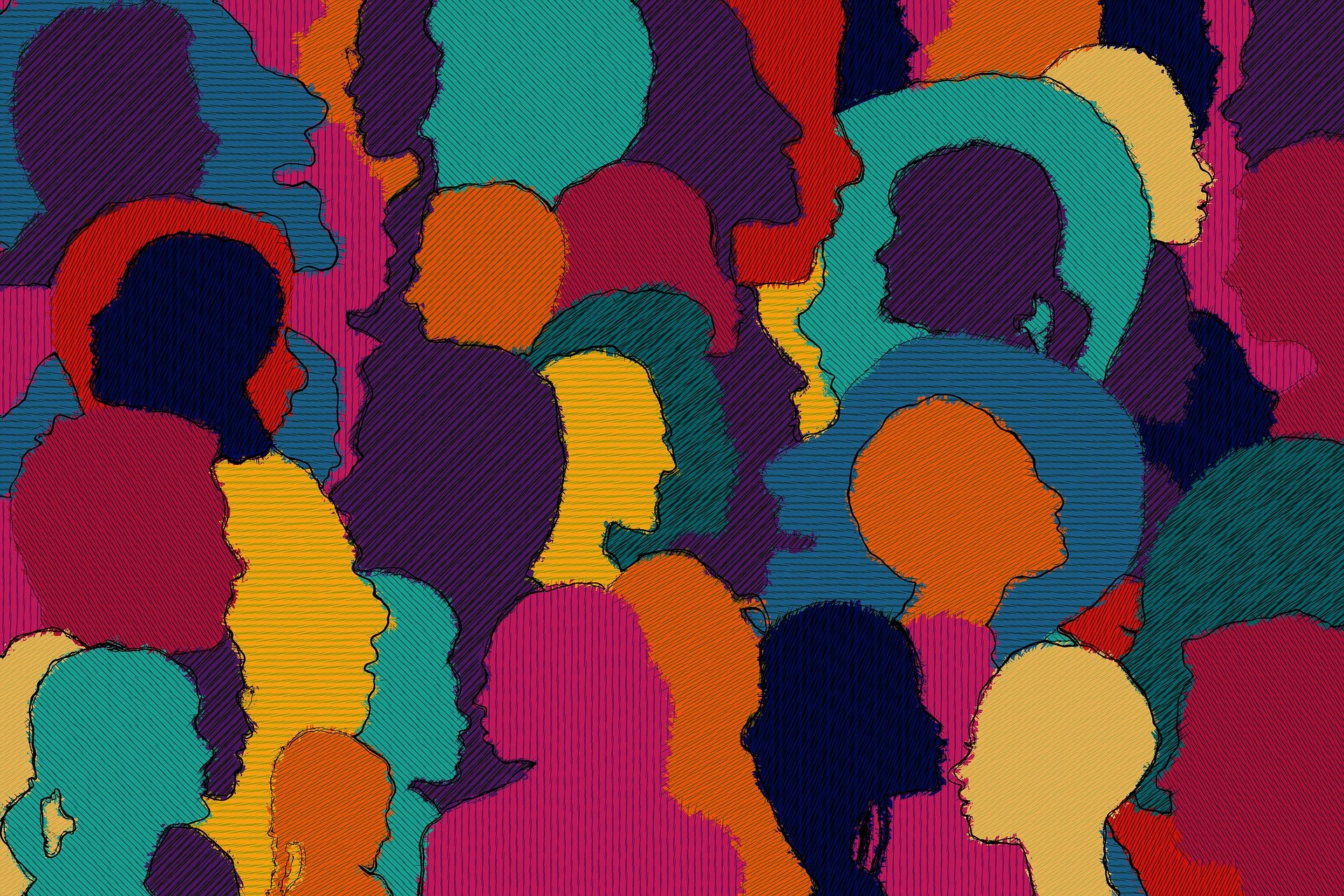
“Are they going to f**k while birdwatching, or what’s the deal?” Rendering plenty of laughter, this concluded a brief series of ridiculing remarks about how, in the UK—could we believe it?!—there was a club for gay birders (presumable referring to GBC). I was 19, had just finished upper secondary school, and spent an autumn season at the amazing Ottenby Bird Observatory in Sweden. I had come out to some people close to me, but far from everyone, and not yet at the bird observatory. This incident did not exactly encourage me to do so.
The comments were made by guys whom I truly do not believe were genuinely homophobic—while it was during the previous millennium, it was still in liberal Sweden. The point they made was: “OK sure, you can be gay, but does everything have to be gay?”
Just after closing up the bird observatory for the winter that year, I (finally!) met a guy—and this made me want to live my life openly, in the birding world as well as in any other aspect of my life. But despite knowing hundreds of birders in Sweden, for many years I knew of exactly zero other openly gay ones (though a few closeted).
After some years of travelling, working at bird observatories, and doing field work, I eventually started my university studies in biology. Then followed PhD studies on speciation in birds at Lund University. At this stage, that guy I had met had become my husband, and a couple of years into my PhD, we were lucky enough to adopt a kid. The insecurities of 19-year-old me were gone and at this stage I let it be everyone else’s problem if my being open makes them uncomfortable.* Simply put, I lived a good, secure, open life, and I worked in a nice workplace with loads of great people.
Yet something gnawed at me, and I slowly realised that—strangely—I felt a little lonely. Again, despite a 300-employee department, for quite a while I knew of none other who was not presenting as straight. But really, does everything have to be gay? Those decade-old remarks still echoed, and I had a hard time accepting the solitude I felt from my professional space being so homogeneously hetero. I will gladly admit that I struggled to first realise it, and then to internalise it and understand both why, and why it was actually a valid feeling.
Enter: Twitter. I reluctantly created an account (@nesospiza) as a mandatory part of an outreach workshop, and lo and behold: what I intellectually knew to be true—but which had not felt the least true to me—suddenly came to life, be it on a screen and 140 letters at a time. Ornithology, ecology, evolutionary biology, science/technology/engineering/math (STEM), and Academia really wasn’t all white, non-disabled, straight, cis folks! There was diversity in so many dimensions, and there was a community of LGBTQIA+ scientists that alleviated some of that loneliness I felt.
I longed to feel the sense of community that I had found on social media in a live context, but there were no opportunities that I could seize. And frankly, internalising that this aspect is actually important not only for my diversity engagements, but also for my development as a scientist, has been a long process. Only years later, encouraged by a conversation with Nadia Singh during my postdoc at University of Oregon, I finally rejected the lingering feeling of my longing for community being an extracurricular interest. I could answer that question I heard in my head: Does everything have to be gay? No, but since whole domains, not least of our professional lives, implicitly are the opposite—straight (and for that matter often white, male, cis)—it is OK to seek contexts that are not!
I was lucky to receive financial support from the University of Oregon to participate as a speaker at the fourth LGBTQ+ STEMinar in London in 2019, a one-day conference across STEM fields, for and with LGBTQIA+ folks and allies. And wow! In one way, this was like any other scientific meeting with oral presentations, posters, and whatnot. I introduced others to finch speciation on isolated islands, while I learned about vikings and glacier movements, challenges in quantum computing, unusual gamma-ray bursts, parasitised mice, and how to build the new Internet.
In another way, it was like no other scientific meeting. Not only was the atmosphere electric, warm and inclusive, but I was bewildered to realise that, within minutes, I physically felt my body relaxing. I believe this unexpected reaction was a manifestation of letting go of an extra layer of relating to everyone else in the context—something that queer folks will learn early to do, because reactions, tones and sideways glances can be important signals that must not be overlooked, simply for safety. While I had looked forward immensely to this conference, I had not seen this coming, and it added to a long-lasting boost of energy and sheer happiness!
What I have learned, if more slowly than I care to admit, is that I—just like anyone else—have many identities. To some degree, these will be separate and context-dependent. Having to hide an important part of your identity, however, is exhausting, as anyone who has ever been closeted knows. Having to constantly keep your radar on, to anticipate reactions and—if need be—parry derogatory comments, shouting, belittling, threats, spitting (all of which I have experienced as reactions to my person), or physical violence (which I have been fortunate enough to avoid), also constantly drains energy.
Thus, if some queer birders decide to watch birds together, it will likely be to have a rare occasion when they do not have to think about sexuality and gender identity, but to actually focus wholeheartedly on the birds. I wish that 19-year-old not-yet-out me at the bird observatory could have tried to explain this to the guys taking cheap shots at gay birders. Perhaps, the next time you hear someone joke about whether members of an LGBTQ+ birder’s club have gay sex during their outings, or whether women’s birding club members crochet and compare bra sizes, you could gently let them in on how the many facets of identity work, and that it is a little more complicated for folks who are not straight, white, cis men.
* Letting my gayness be everyone else’s problem is something I can do where I currently live. This is far from true in many parts of the world, and just like other LGBTQ+ biologists, this has direct impacts on my research and opportunities for field work, professional positions, and academic meetings. Between 2004 and 2011 I used to teach with some frequency at an institute in Nigeria, which was already complicated due to the country’s legislation on gay sex (that is, the sexual act, which renders up to 14 years of imprisonment—or death penalty under Shari’a law) and the societal views associated with this legislation. I, therefore, chose to be less open than I usually am, not talk about my family, let mentions of my presumed wife pass, and only answer honestly to direct questions. However, in 2013 the parliament passed the Same-Sex Marriage Prohibition Act, which criminalises the “public show of same sex amorous relationship directly or indirectly”, punishable by up to ten years of imprisonment. It also, in a very scary way, criminalises “witnesses … of gay clubs, societies, organisations, processions or meetings”, which made me realise that teaching there again would potentially not only put myself at risk, but could put students or staff who found out about me in a complicated position. Nigeria sadly snatched the bottom ranking in a recent LGBTQ+ Travel Safety Index.
If you are interested in contributing to the #BOUdiversityBlog, please get in touch with us via this form which ensures anonymity for those who seek it.
Image credit: CCO PD pixabay.com




